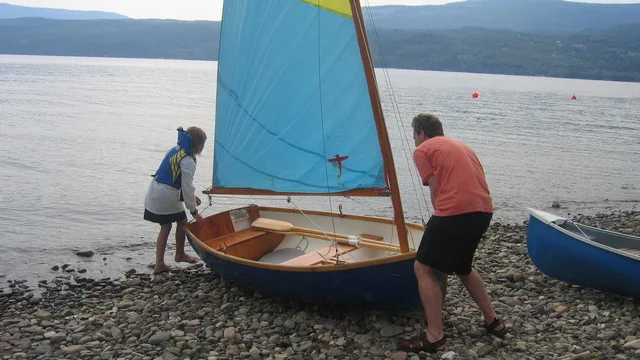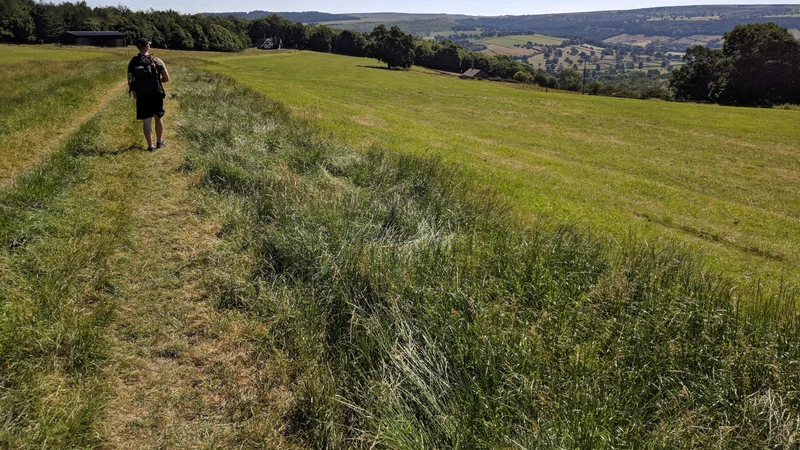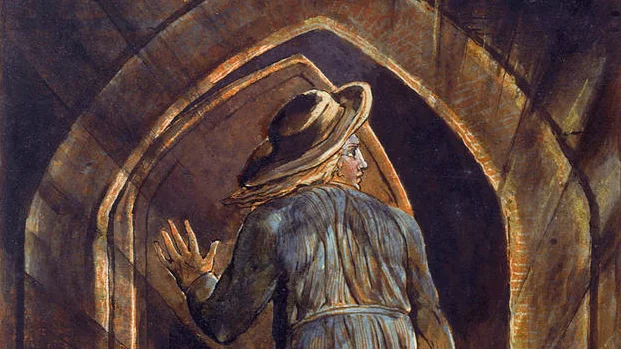Find a partner to work with. By now you know the drill (no jackasses).
This exercise requires some preparation and extra work on the part of the partner. In advance of doing this exercise, ask your partner to select several objects without telling you what they are. These objects should be collected over the course of a couple of days, as the partner thinks about choosing objects with interesting textures. Objects that work well here are shells, stones, fruit, action figures, various kinds of food, pine cones, twigs or small branches, small fabric dolls, machine parts, plastic toys, strings of beads, balls of various kinds, small sculptures, and so on. Stones in particular work very well, as do shells. These objects are easy to identify by feel, but their colors and details cannot be discerned with eyes closed. The intent of the objects is to provide a particular feel in the hand, a mood perhaps, that evokes particular feelings or memories on the part of the partner who is holding the objects with eyes closed.
Once the partner who has chosen the objects (let’s call this person Partner A) is ready, the two partners get together in a safe and comfortable space. Partner A has a notebook and keeps the objects hidden.
The course participant (let’s call this person Partner B) closes their eyes (or uses a blindfold) and requests an object from Partner A, who places the object into Partner B’s hands. Remember, Partner B has their eyes closed, so they do not see the object. This is crucial.
Partner B (this is you!): now feel the object, without opening your eyes. Describe how it affects you, what it makes you remember, or imagine. Allow yourself to just experience the object, without thinking too much about what it is, or what it looks like. Just be with it, sensing it, allowing it to lead you into thoughts and feelings. It might take you a few minutes to settle into this experience, and you might feel frustrated. But keep at it: the goal is to experience the object with your hands only, and to follow the path of awareness that unfolds. In particular, pay attention to memories and feelings. Speak them aloud to your partner. Take at least 10 minutes.
Partner A: write down what Partner B says, in note form.
After 10 minutes, partner B opens their eyes. Together the partners look at the object and the words, then they discuss the process. What was it like? What did you feel? What did you notice? What surprised you? Ask yourselves these kinds of questions, and see what you can discover.
Now try again, with a different object. Remember, the goal of the exercise is not to identify the object (some might be easy to identify with eyes closed; others almost impossible) but rather to find resonance with the object, to use it as inspiration for imagery, memory, and feeling.
Switch partners if you like (in this case, both partners must have secret objects to use). But in any event, make sure that at least one of the partners completes this exercise with at least three objects.
When you are ready, make some notes and consider how you might integrate your reflections about this experience into your self-awareness assignment for this class.
For an example narrative and further thoughts about objects, take a look at Object Lessons, which took place in the museum gallery shown at the top of this page.



